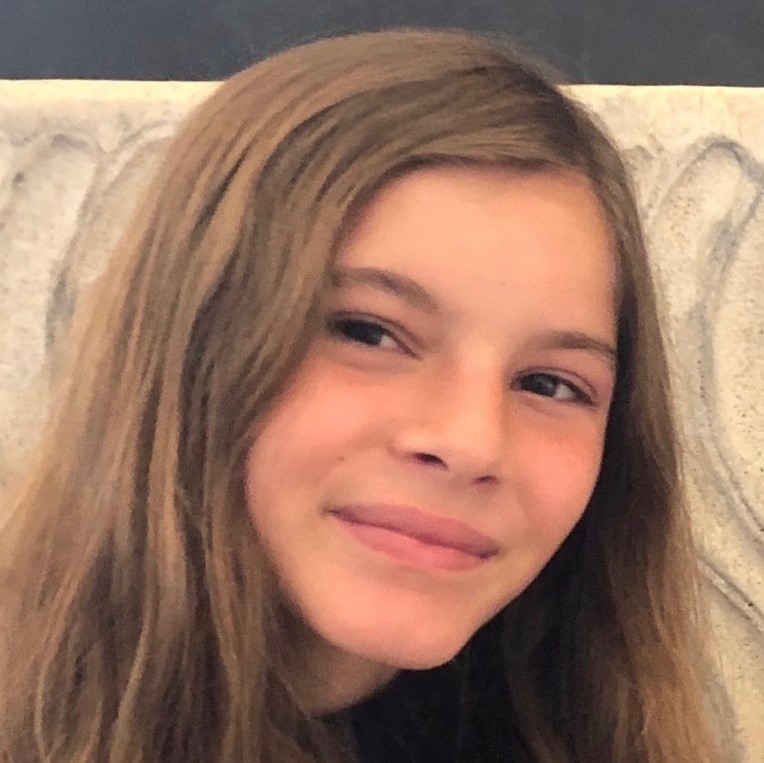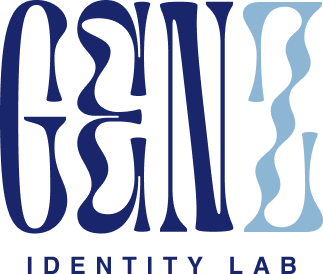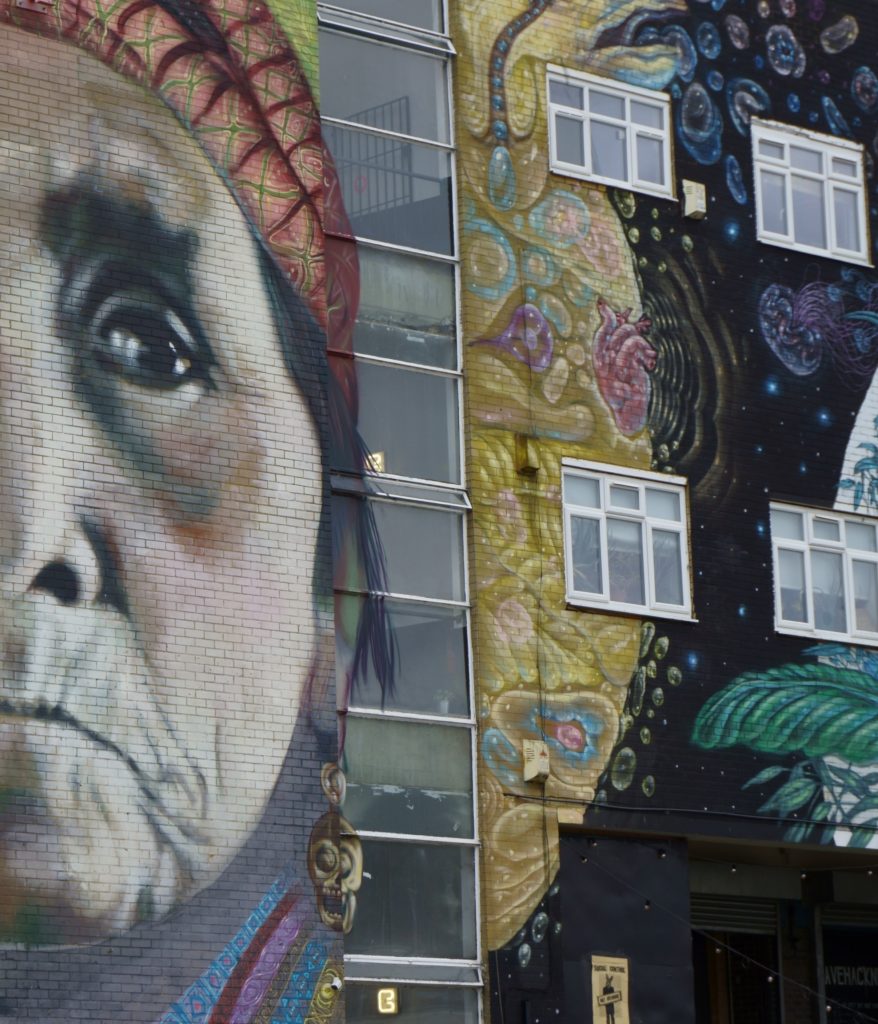Human language is exciting. Collections of sounds and characters come together throughout centuries to form codes that encompass the essence of entire cultures. In 2015, The United States Census Bureau found that there were at least 350 languages spoken on American soil of which around 150 were indigenous. However, more than half of indigenous tongues are classified as endangered, many on the verge of becoming extinct and forgotten. Like all other languages, those spoken by Native Americans carry defining factors of entire tribes’ cultures: from inexpressible connections to nature to great works of oral literature. Languages open doors to a different perspective of life, but these seem to be shutting at an unprecedented rate.
Causes of Language Extinction
From the 1860s to as late as the 1970s, thousands of Native American children were taken from their families, forced to cut their braids, and stripped even of their names. For more than a century, the government fought to “kill the Indian and save the man” through assimilationist boarding schools. In the name of ‘civilization,’ children were told their ways were dirty, made to wash their mouths with soap when they spoke in their mother tongues, and abused by adults upon any reference to their cultures. Native American children were stripped of their cultures due to sanctioned government projects. The goal was clear: make the descendants of the first ever Americans feel ashamed of their identities and conform to a new idea of “American.”
In fear of subjecting their youth to the same abuse they suffered, many Native American people often refused to pass on their languages after attending boarding schools. With additional pressures of technology and globalization, the future of indigenous languages seemed increasingly darker. As the years passed, many native words were spoken solely among elders. Consequently, when the last speakers of unrecorded languages died, so did irretrievable parts of their cultures.
For many years, Native reservations have suffered from high rates of depression, substance abuse, and suicide. Indigenous people often report feeling disconnected from their roots, identifying as “the descendants of something that once was.” Many believe that language is part of the path to reestablishing that missing connection in Native American cultures.
What has been done in America to address the injustices inflicted upon Native Americans?
For the first time, in 1990, Congress passed the Native American Languages Act. While the legislation lacked much-needed action, it marked the first time the American government recognized the importance of Native American cultures and languages. Since 1990, Congress has passed various measures for the protection and funding of Native American preservation programs. However, it is questionable whether the government will ever spend as much money to preserve Native culture as it did to eradicate it. Many rightfully lament that governmental efforts are “too little, too late.”
Fortunately, due to increased cultural awareness, calls to preserve and promote the usage of indigenous languages in the United States has gained strength in recent decades, especially within indigenous communities. Native youth and adults feel a duty to bring native speech back into the vernacular, finding ways to make it present in technology through apps, texting, and even movie translations. In tribes where languages are on the verge of extinction, elders spend hours recording dictionaries for future generations. Together, their mission is to save the words of their ancestors. Unsurprisingly, natives who learn to speak their languages report stronger kinship to their tribes and a better understanding of traditions, rituals, and history.
Partnering with organizations such as the Rosetta Stone foundation, National Geographic, and the Living Tongues Institute for Endangered Languages, Native American people interested in preserving their languages are working hard to reclaim their identities. In past decades, Native American language immersion schools have been established to form a more substantial base of young speakers to keep indigenous languages alive. In comparison to public schools, programs that teach Native American ways of thought and speech are proven to have significantly lower dropout rates and better performance amongst Native American students. However, there are still few such programs across the country due to a lack of support and funding.
How can I help?
While efforts to preserve endangered languages have gained momentum throughout the years, there is still a long way to go. 2019 was named the international year of indigenous languages by UNESCO as an effort to raise awareness of the importance of language diversity and preservation. However, there is still little public knowledge about the issue. As the generation that stands up for justice, Gen Z must be aware of the struggles within our community. To get involved in the preservation of indigenous cultures, consider donating to Cultural Survival, US Administration for Native Americans (ANA), Indigenous Language Institute, Phillips Fund for Native American Research, and Documenting Endangered Languages program.
Most importantly, don’t be silent; we must uplift Native American activists by helping spread their words. To maintain these diverse communities alive in a society that insists on pushing them down, we must make them impossible to ignore. Today, Native American people are proud to say that despite all of the efforts to eradicate them, “we are still here.” Now, it is Gen-Z’s turn to help make that statement last.
If you wish to learn more about endangered languages, visit https://unesdoc.unesco.org/ark:/48223/pf0000192416.

Born and raised in Rio de Janeiro, Brazil, Livia Hermann moved to Miami, Florida as a thirteen-year-old and has lived there since. Currently a sophomore at Ransom Everglades High school, she is fascinated by the diversity of languages and cultures around the world. Livia speaks English and Portuguese fluently and is an intermediate speaker of both Spanish and German; she is no linguistic prodigy but hopes to continue learning more as opportunities appear. Apart from languages, her interests range from music and psychology to theories of the universe and history. She believes perspective is something unique to everyone, made up of multiple experiences that come together to form our wider view of the world. Through the Gen-Z identity lab, Livia hopes to primarily explore the extent to which language and culture shape the identities and interactions of young people worldwide.


